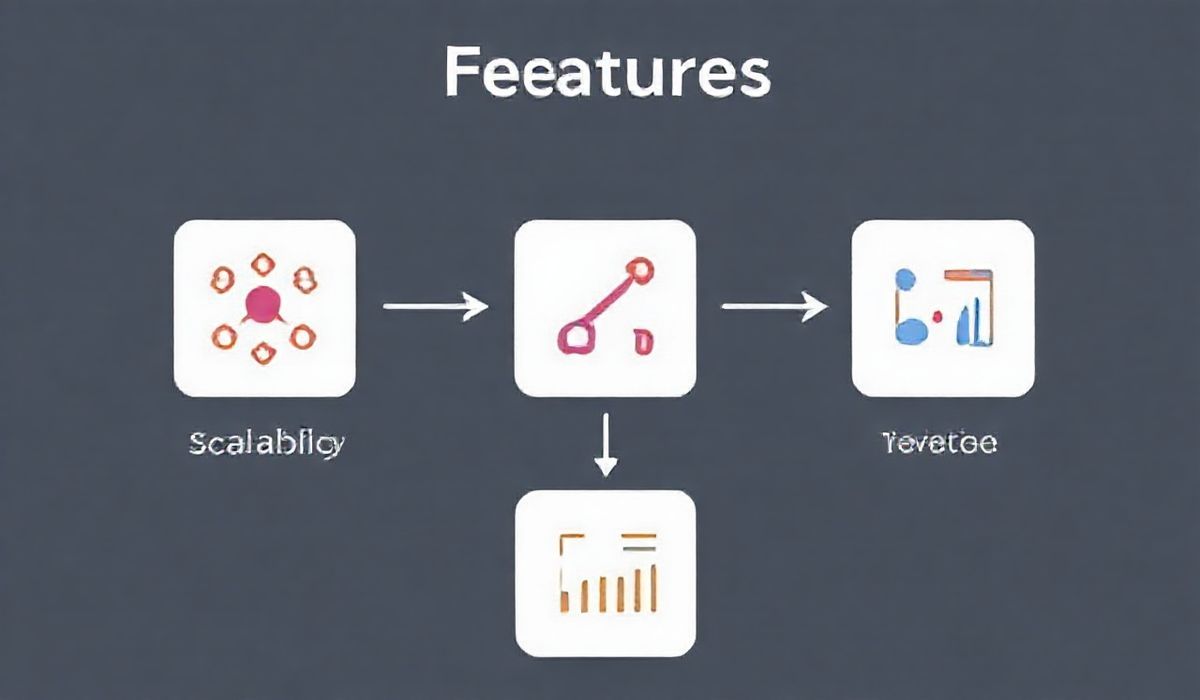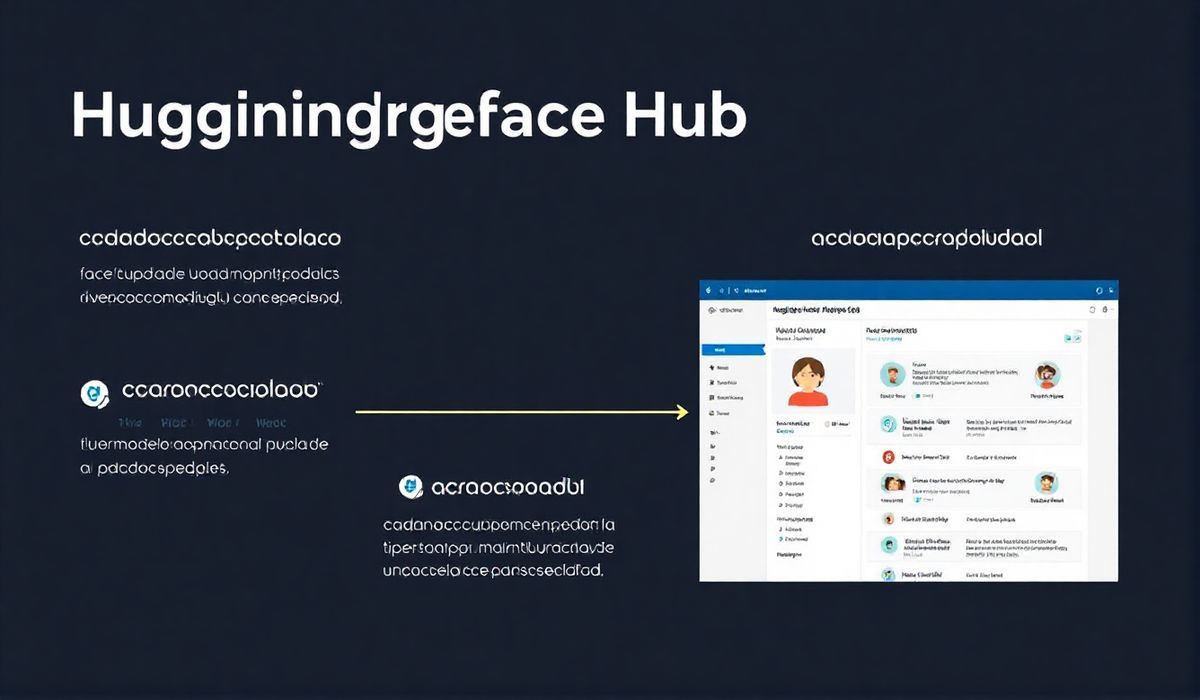Introduction to Tensorboard Data Server
The Tensorboard Data Server plays a pivotal role in modern machine learning workflows by enabling efficient, scalable, and feature-rich monitoring of metrics and logs. Built for performance, the data server works as a backend service that accelerates data loading and visualization for large-scale machine learning projects. This article will introduce you to the Tensorboard Data Server APIs with several example code snippets and a practical app demonstration.
Key Advantages of Tensorboard Data Server
- Scalable data operations for large environments.
- Seamless integration with TensorBoard to track model performance.
- Enhanced performance compared to legacy TensorBoard data pipelines.
Common Tensorboard Data Server APIs with Examples
1. Initialize the Data Server
To start utilizing the Tensorboard Data Server, you must initialize and configure it. Here’s how:
from tensorboard.data import grpc_provider
import tensorflow as tf
# Create a log directory
log_dir = "/tmp/logs"
# Initialize data server
server = grpc_provider.TensorBoardDataServer(logdir=log_dir)
server.start()
2. Write Logs Using TensorFlow
The Tensorboard Data Server works seamlessly with TensorFlow’s logging APIs:
import tensorflow as tf
# Define a log directory
log_dir = "/tmp/logs"
# Create a SummaryWriter object
writer = tf.summary.create_file_writer(log_dir)
# Log some scalars
for step in range(100):
with writer.as_default():
tf.summary.scalar("accuracy", step / 100.0, step=step)
tf.summary.scalar("loss", 1 - step / 100.0, step=step)
3. Reading Data with Tensorboard Data Server APIs
Using the data loading protocols of the server, you can fetch desired metrics as follows:
from tensorboard.data import ExperimentalDataProvider
log_dir = "/tmp/logs"
# Use ExperimentalDataProvider for data retrieval
provider = ExperimentalDataProvider(logdir=log_dir)
# Get available scalars
for run in provider.list_runs():
print("Run: ", run)
for tag in provider.list_scalars(run):
data = provider.read_scalars(run, tag)
print(f"{tag}: {data}")
Practical App Example with Tensorboard Data Server
Below is a practical example that combines all of the above APIs to create a complete demonstration app:
import threading
import time
from tensorboard.data import grpc_provider
import tensorflow as tf
def write_logs():
log_dir = "/tmp/logs"
writer = tf.summary.create_file_writer(log_dir)
for step in range(200):
with writer.as_default():
tf.summary.scalar("accuracy", step / 200.0, step=step)
tf.summary.scalar("loss", 1 - step / 200.0, step=step)
time.sleep(0.1) # Simulate training
def setup_data_server():
log_dir = "/tmp/logs"
server = grpc_provider.TensorBoardDataServer(logdir=log_dir)
server.start()
# Launch data server and logging in parallel
thread1 = threading.Thread(target=write_logs)
thread2 = threading.Thread(target=setup_data_server)
thread1.start()
thread2.start()
thread1.join()
thread2.join()
Conclusion
The Tensorboard Data Server fundamentally improves the scalability and efficiency of TensorBoard workflows, especially for large-scale machine learning projects. By mastering the APIs and examples provided in this guide, you can take full advantage of its capabilities to monitor, visualize, and analyze your machine learning experiments effectively.




